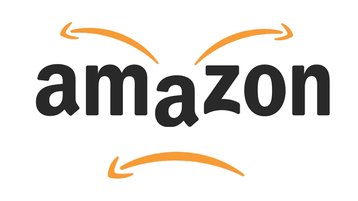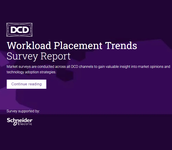Amazon's AWS cloud business grew massively in the first quarter of the year, but in total, the giant made a $3.8 billion net loss in the quarter - its first loss since 2015.
The Amazon Web Services (AWS) cloud grew 36.5 percent over the same quarter in the previous year, as demand for cloud computing and storage continues to surge. However, sales at the e-commerce business slowed down, and costs increased, while the company lost $7.6 billion on its take in electric truck firm Rivian.
Amazon shares fell around 10 percent on the announcement.
Cloudy prospects
Amazon's quarterly earnings announcement showed the company actually made total revenue of $116.44 billion - which was slightly up on the predicted $116.3 billion. Of that, AWS provided $18.44 billion, and advertising made $7.88 billion.
The loss is more than explained by Amazon's big investment in Rivian, whose shares are exceedingly volatile. In the last quarter of 2021, growth in Rivian shares added $11.8 billion to Amazon's value, but towards the end of 2021, the truck firm went public, and shares ended the year 50 percent down, so Amazonscored a $7.6 billion loss on its Rivian investment in that quarter.
Amazon's business is finely balanced: Its operating income in the quarter was $3.67 billion, while AWS provided $6.52 billion.
Amazon's CEO Andy Jassy put the bright side in a statement: “With AWS growing 34 percent annually over the last two years, and 37 percent year-over-year in the first quarter, AWS has been integral in helping companies weather the pandemic and move more of their workloads into the cloud."
The e-commerce hiccup is a problem of growth, which should now be fixed, he said: "Our Consumer business has grown 23 percent annually over the past two years, with extraordinary growth in 2020 of 39 percent year-over-year that necessitated doubling the size of our fulfillment network that we’d built over Amazon’s first 25 years—and doing so in just 24 months.
"Today, as we’re no longer chasing physical or staffing capacity, our teams are squarely focused on improving productivity and cost efficiencies throughout our fulfillment network. We know how to do this and have done it before. This may take some time, particularly as we work through ongoing inflationary and supply chain pressures, but we see encouraging progress on a number of customer experience dimensions, including delivery speed performance as we’re now approaching levels not seen since the months immediately preceding the pandemic in early 2020.”




